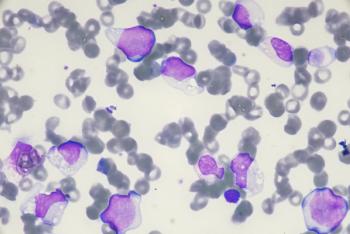
Family Support Tops List of Social Service Referrals
Study examines social determinants of health in first half of 2019.
Studies show social determinants of health (SDoH)–the conditions in which people live, learn, work, and play–affect a wide range of health risks and outcomes. New data released by
WellCare reviewed more than 106,000 social service referrals made through the company’s Community Connections program, including WellCare’s Community Connections Help Line (CCHL), a toll-free phone line open to the general public that refers individuals and caregivers in need to a database of more than 300,000 social services in local communities across the country.
WellCare’s CCHL uses peer coaches to handle calls and provide social support to callers experiencing a broad array of stressful life circumstances, such as homelessness, food insecurity, and financial difficulty. Developing a bond with callers allowed peer coaches to help callers navigate the network of social services.
In the first half of 2019, the analysis found the top-requested referrals were made for family support services (20%), including prenatal and parenting education, child care, and child welfare-related services; followed by food access (16%); transportation (16%); utilities assistance (11%); medication assistance (7%); and housing (6%).
“We understand much of what impacts health happens outside of the doctor’s office. That’s why it’s critical to understand the specific challenges impacting the health of our members and our local communities,” says Rhonda Mims, WellCare’s executive vice president and chief public affairs officer. “The issue now is to have tools in place to continue to identify those needs; fortify the infrastructure and social safety net that supports vulnerable individuals; and over time, enable them to live better, healthier lives.”
WellCare’s analysis not only reveals the social services in highest demand, but also shows the individuals most in need of social services thus far this year. According to the data, one-in-five referrals to social services were for children under age 18, with 12% specifically for children age 10 or younger. One-in-four referrals were for people age 65 or older.
Related:
Beyond the demographics, the analysis examines the association between those in need of social services and rates of chronic disease such as asthma, diabetes, COPD, depression, and substance abuse. Specifically, individuals with social service needs were found to be managing nearly four chronic health conditions, including at least one behavioral health condition-more than twice the rate of individuals without social service needs. The rates of chronic disease among women with social service needs were more than twice as high as the rates of men in similar situations.
Among children, the chronic disease rates among those with social service needs as compared to those without needs was most striking in various behavioral and emotional health categories. Rates of depression and bipolar disorder were more than two-fold and more than four-fold higher, respectively, among children with social service needs as compared to those without. Severe mental illness in children with social service needs was found to be as high as six times the rate seen among children without social service needs.
Studies point to the value in addressing SDoH. A study of nearly 20,000 individuals who used the CCHL concluded that people with a social service need, such as lack of housing or food, were significantly more likely to be readmitted to the hospital within 30 days of discharge. According to NEJM Catalyst, hospital readmissions cost more than $40 billion each year.
Newsletter
Get the latest industry news, event updates, and more from Managed healthcare Executive.






















































